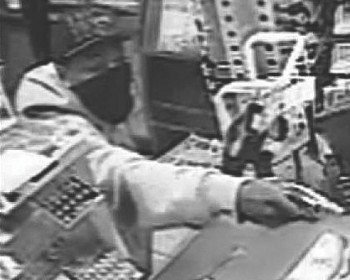
Under the Gun: Do Convenience-Store Clerks Need More Protection?
In September 2013, a 39-year-old gas-station clerk, Elvalide Ndiaye, was shot and killed at a Ricker’s on West 38th Street—on just his second day on the job. The crime was one of about 24,000 such incidents that took place at gas stations and convenience stores nationally in 2013 (accounting for 7.4 percent of all business robberies), according to the FBI’s Uniform Crime Reporting data. Last year, attendant Harry Briggs, 45, was fatally gunned down at a gas station on the west side, and an employee of the Shell station at 49th and Pennsylvania in Meridian-Kessler—traditionally one of Indianapolis’s safer inner-city neighborhoods—got shot in the leg.
The danger is acute enough that Indianapolis state rep Ed DeLaney has pushed for passage of Marcy’s Law in the General Assembly. Named after Marcy Birnell, shot in the head by a 15-year-old while working at a northside Village Pantry in 2011, the measure would require placing bullet-resistant barriers between clerks and customers at all gas stations and convenience stores.
Shootings at such locations “get an unnecessary amount of coverage” due to their shock value, says Jay Ricker of Anderson-based Ricker Oil Co., but, he adds, “We take security very seriously.” He has put the following measures in place since 1989—including $145,000 in upgrades since 2013:
» Employees are instructed never to resist the robbers—be compliant.
» Panic button to alert authorities of crimes in progress.
» Off-duty cops or police vets stationed at stores whenever possible.
» Safes that allow clerks to extract only $50 at a time and aren’t accessible between 11 p.m. and 6 a.m.
» Bullet-resistant barriers (although in a number of instances, robbers have threatened hostages at gunpoint in order to gain access to store enclosures).






